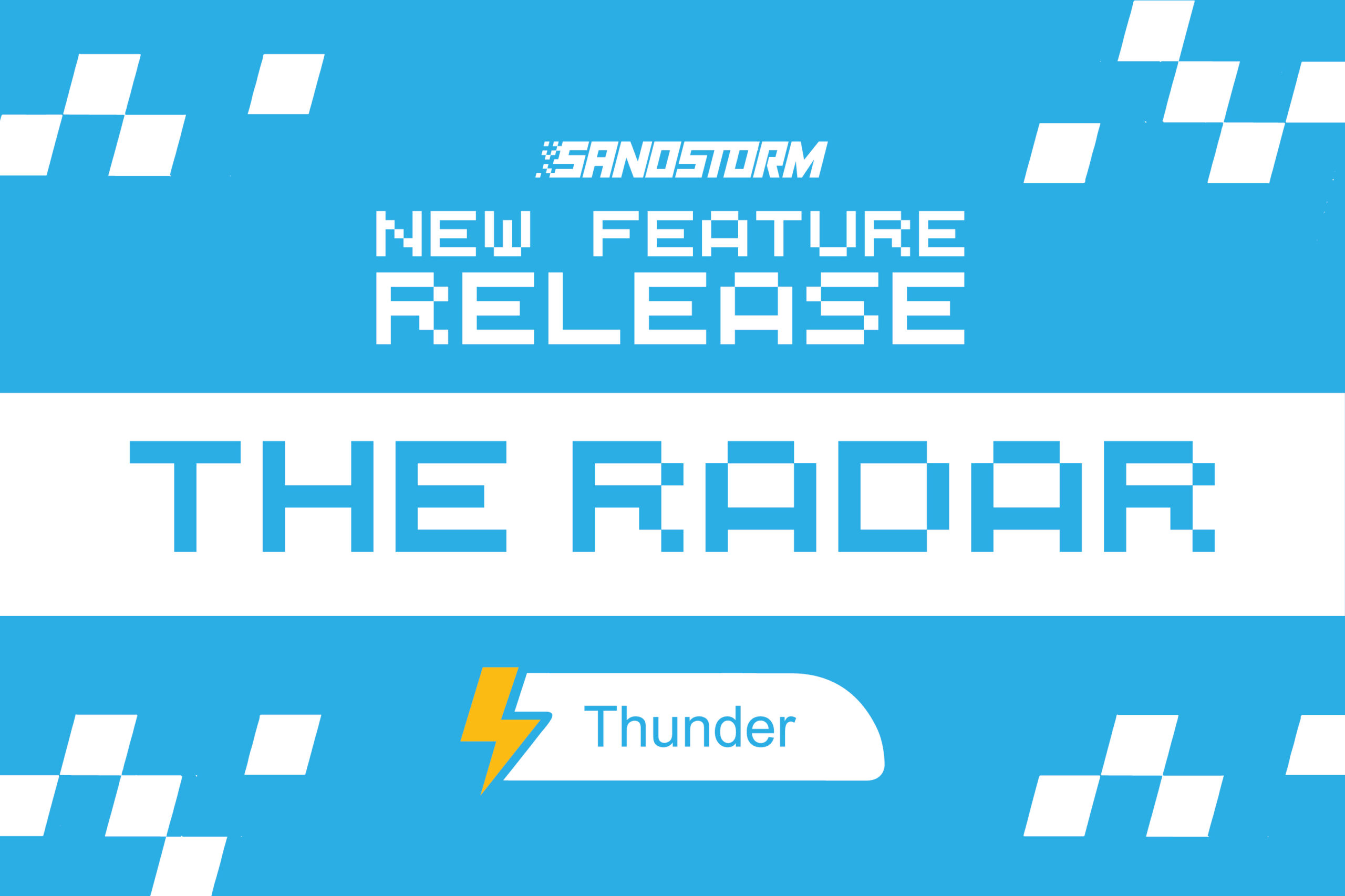
Sonic Branding In The Metaverse
What do the crunch of a chip, the popping of a salsa jar, the chime of a mobile payment, and the hum of an electric vehicle have in common? All are examples of sonic branding—sounds used by brands to help them stand out and make distinct and memorable connections with consumers.
While 2022 was a big year for sonic design, this industry is only just getting started. As we evolve into a more audio-first world with voice assistants, TikTok-style videos, podcasts, and metaverse UX, 2023 could be the year of the sonic boom.
Sound is becoming more of a valuable tool for marketers, with many brands across industries now looking to create a unique and distinctive audio cue. Consumers think about what they see but feel what they hear, and that emotional connection is exactly what brands are aiming for with their marketing. In a year when marketers may be playing it safe with tried-and-true marketing strategies, sonic branding could deliver strong ROI in the long term.
Today we can identify a Tesla reversing and a credit card at a pay terminal just by the sounds they make before we even see them. Especially with new technologies, sound is critical to making us feel comfortable around our devices and is often used to humanize our interactions with them. Think about the sounds a Roomba vacuum makes—its “voice” has a personality that is intuitive, relatable, and importantly for its manufacturer, iRobot, distinct, and on brand.
Many brands will look to this kind of model to create similar bespoke sounds that can be paired up with their identity, seizing an opportunity to create completely ownable sonic assets that can only be associated with their brand experience.
Once seen as simply a hook or jingle for advertisements, brands today are understanding that sonic identities will be most successful when used to form a holistic connection, throughout the whole marketing ecosystem. Putting a branded sound to an action or experience is a way to tie everything back to your brand—you can always close your eyes, but you cannot close your ears. This is especially important for marketers in their quest for measurable ROI. A study by Sentient Decision Science found that sound is able to influence a person’s desire to engage or avoid a brand by up to 86%.
Sonic Identity: AI & The Metaverse
There has been a lot of discussion about the promise of AI in marketing, and 2023 will certainly see AI become more commonplace. For sound in particular, many opportunities will center on voice.
Apple defined the preeminent sound of the voice assistant with Siri, whose default voice is one of the world’s most recognizable brand assets. As this technology becomes more advanced, brands will be able to expand their sonic IP toolbox with a brand voice that is powered by AI—like with a new virtual assistant, chatbot, or mascot, for example.
Opportunities for music and sound to be connected to brands by users of the metaverse are vast. As more people begin to flock to the metaverse for entertainment, brands will have a great opportunity to use sonic branding to identify themselves within these worlds.
Major brands like Nike and Ferrari have already launched virtual worlds that expand the consumer-brand experience into the metaverse. While visual assets can travel along with you easily in web3, the opportunity lies in including branded sound to these digital experiences, adding a layer of immersion that we have not seen before—a bespoke soundscape that would take users through the world, perhaps, or a sonic experience that puts fans in the driver seat of a car brand. Sound will be key to deepening emotional connections in the metaverse, no matter what universe the user is exploring.
For businesses, the shift to establishing a metaverse existence will only increase the need for their brand to have a strong sonic identity—which should be one that can exist in a consistent way across platforms: TV, radio, social media, in-app, and even in reality. It is likely that the metaverse will further connect these spaces in the future, so to continue to think that these platforms and mediums are disconnected could see you left behind.
With this new digital world comes the opportunity of greater intimacy between brand and customer. As a customer, you are giving the brand your undivided attention, your entire ‘universe’, in exchange for a sensory experience.
Vocal Identities
For some brands, the sensory experience may come in the form of a voice. The voice you choose to interact with your audience will be core to your entire brand. The perceived age, gender, tone of voice, and ethnic dialect are all vital to the sonic identity of a conversational brand; it can tell your audience all they need to know about you and the services you provide.
Tone of voice is generally around 5x more impactful than the actual words spoken. We, as humans, will subconsciously read into the sound of someone’s voice and then form preconceptions that might influence our engagement and purchasing patterns with a brand. Thus, choosing the voice, or voices, of your sonic identity would be key in the way you communicate with an audience in the metaverse.
Creating A Soundscape
In the same way that voice can influence us as customers, so can sound. In the past, brands have been able to rely mainly on strong visual aspects alone, but a sonic identity in the metaverse will be key in giving users more of an immersive experience, which in turn can help maintain engagement levels.
Brands will need to think about creating an exclusive soundscape that’s larger than music and voice and, ultimately, choose the sounds and noises that users will experience in their chosen universe. Whether that be background chatter, a doorbell, or the sound of food being prepared, playing with the ‘reality’ element of virtual reality worlds is going to be crucial to brands’ sonic identities.
Ultimately, this blank slate, in the form of the metaverse, will allow brands to entirely reconsider how to best connect with their audiences. Having a strong sonic identity will certainly become more valuable as the metaverse continues to advance.


